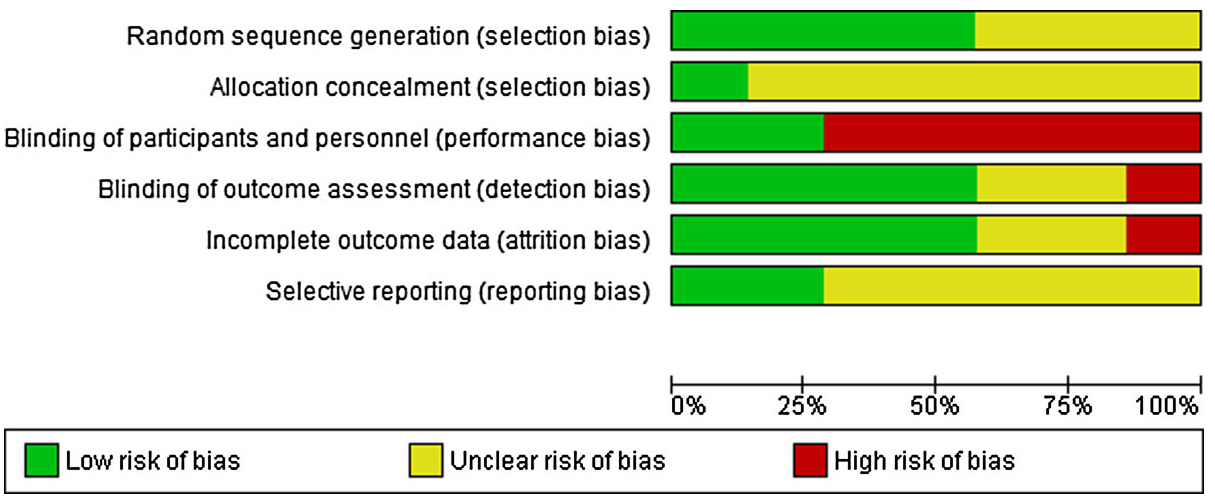Difference between revisions of "Template:Article of the week"
Shawndouglas (talk | contribs) (Updated article of the week text.) |
Shawndouglas (talk | contribs) (Updated article of the week text.) |
||
| Line 1: | Line 1: | ||
<div style="float: left; margin: 0.5em 0.9em 0.4em 0em;">[[File: | <div style="float: left; margin: 0.5em 0.9em 0.4em 0em;">[[File:Fig3 Mickan BMCMedInfoDecMak2014 14.jpg|220px]]</div> | ||
'''"[[Journal: | '''"[[Journal:Use of handheld computers in clinical practice: A systematic review|Use of handheld computers in clinical practice: A systematic review]]"''' | ||
Many healthcare professionals use smartphones and tablets to inform patient care. Contemporary research suggests that handheld computers may support aspects of clinical diagnosis and management. This systematic review was designed to synthesise high quality evidence to answer the question; Does healthcare professionals’ use of handheld computers improve their access to [[information]] and support clinical decision making at the point of care? | |||
A detailed search was conducted using Cochrane, MEDLINE, EMBASE, PsycINFO, Science and Social Science Citation Indices since 2001. Interventions promoting healthcare professionals seeking information or making clinical decisions using handheld computers were included. Classroom learning and the use of laptop computers were excluded. Two authors independently selected studies, assessed quality using the Cochrane Risk of Bias tool and extracted data. High levels of data heterogeneity negated statistical synthesis. Instead, evidence for effectiveness was summarised narratively, according to each study’s aim for assessing the impact of handheld computer use. ('''[[Journal:Use of handheld computers in clinical practice: A systematic review|Full article...]]''')<br /> | |||
<br /> | <br /> | ||
''Recently featured'': [[American National Standards Institute]], [[Public health informatics | ''Recently featured'': [[Journal:Unravelling the tangled taxonomies of health informatics|Unravelling the tangled taxonomies of health informatics]], [[American National Standards Institute]], [[Public health informatics]] | ||
Revision as of 17:41, 3 August 2015
"Use of handheld computers in clinical practice: A systematic review"
Many healthcare professionals use smartphones and tablets to inform patient care. Contemporary research suggests that handheld computers may support aspects of clinical diagnosis and management. This systematic review was designed to synthesise high quality evidence to answer the question; Does healthcare professionals’ use of handheld computers improve their access to information and support clinical decision making at the point of care?
A detailed search was conducted using Cochrane, MEDLINE, EMBASE, PsycINFO, Science and Social Science Citation Indices since 2001. Interventions promoting healthcare professionals seeking information or making clinical decisions using handheld computers were included. Classroom learning and the use of laptop computers were excluded. Two authors independently selected studies, assessed quality using the Cochrane Risk of Bias tool and extracted data. High levels of data heterogeneity negated statistical synthesis. Instead, evidence for effectiveness was summarised narratively, according to each study’s aim for assessing the impact of handheld computer use. (Full article...)
Recently featured: Unravelling the tangled taxonomies of health informatics, American National Standards Institute, Public health informatics










